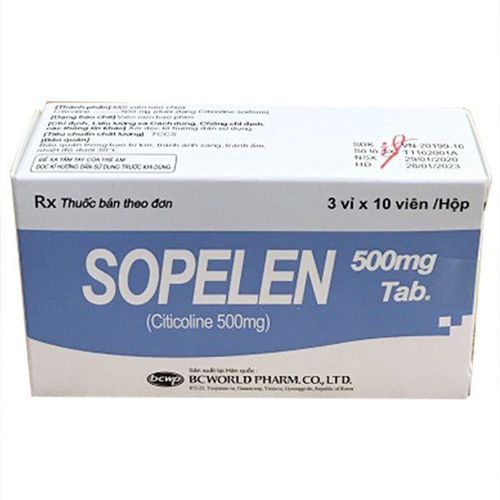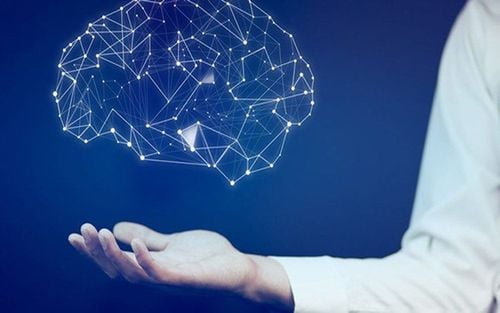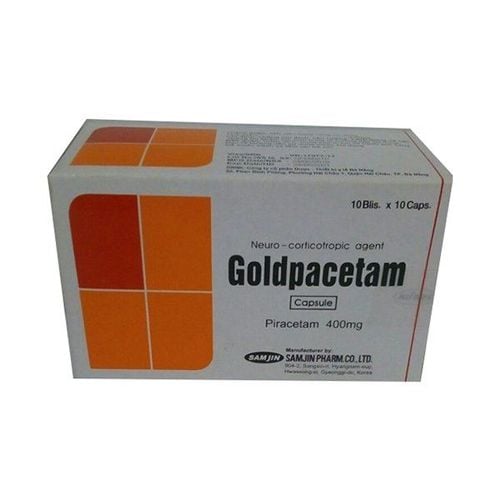This is an automatically translated article.
Deep brain stimulation is the surgical implantation of a device that transmits electrical signals to areas of the brain responsible for body movement. Electrodes are placed deep in the brain and connected to a stimulator. So in what cases is deep brain stimulation surgery used and how does it work?
1. What is deep brain stimulation surgery?
In deep brain stimulation (English name is deep brain stimulation and DBS for short), electrodes are placed in a specific area of the brain depending on the symptoms the patient is being treated for. Electrodes are placed on both the left and right sides of the brain through small holes made at the top of the skull. The electrodes are connected by long wires that go under the skin and down the neck with a battery-powered stimulator placed under the skin of the chest. When turned on, the stimulator sends electrical impulses to block the faulty nerve signals that cause tremors, stiffness, and other symptoms.
The DBS system has three parts implanted inside the body:
Neurostimulator, which is a battery-powered device programmed to generate electrical impulses. It is placed under the skin of the chest below the collarbone or in the abdomen. Lead, this is a wire wrapped with several electrodes on the end to conduct electrical impulses to brain tissue. The device is placed inside the brain and connected to an extension cord that goes through a small hole in the skull. Extension, this is an insulated wire that connects the conductor to the nerve stimulator. It is placed under the skin and runs from the scalp, behind the ears, down the neck, and to the chest. The patient uses the hand-held controller to turn the DBS system on and off. The doctor programmed the stimulator settings with a wireless device. Stimulation settings can be adjusted as the patient's condition changes over time. Unlike other surgeries, such as pallorectomy or thalamic ablation, DBS does not damage brain tissue. DBS is very effective in reducing dyskinesia, uncontrolled tremor movements caused by high doses of levadopa. Often, DBS will help make your symptoms less severe so that a lower dose of the medicine can be used.
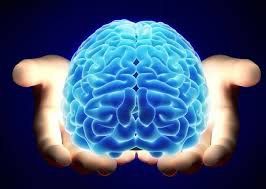
Phẫu thuật kích thích não sâu không làm tổn thương mô não
In Parkinson's disease, parts of the basal ganglia (basal ganglia) are under- or over-stimulated. Normal movement is replaced by tremors and stiffness. Performing DBS in specific basal ganglia alters abnormal electrical circuits and helps stabilize feedback loops, thereby reducing symptoms.
Electrodes can be placed in different regions of the brain:
Hypothalamic nucleus (STN) - effective for tremor, sluggishness, rigidity, dystonia and dyskinesia. Most commonly used to treat Parkinson's disease. Thalamus (VIM) - effective for tremors. It is commonly used to treat essential tremor. Globus pallidus (GPi) - effective for tremors, sluggishness, rigidity, dystonia and dyskinesia. This position is used to treat dystonia and Parkinson's disease.
2. For what cases is DBS indicated?
Your doctor will prescribe DBS if you have:
Movement disorder with worsening symptoms (tremor, stiffness) and the medication you are taking has started to lose its effect. Having problems when you develop drug-induced dyskinesia (excessive shaking of the trunk, head, and/or limbs). DBS may not be indicated if you have severe untreated depression, severe dementia, or if you have symptoms that are atypical of Parkinson's disease.
DBS can help treat many symptoms caused by movement disorders such as:
Parkinson's disease: tremors, stiffness and slowness of movement caused by dopamine-producing neurons responsible for transmitting control signals movement of the dead body. Unexplained tremor: tremors of the hands and arms in an involuntary rhythm, occurring both at rest and with intentional movement.
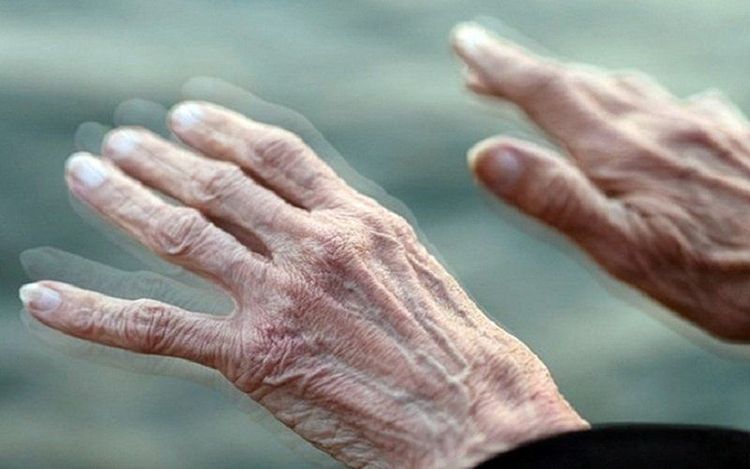
DBS có thể giúp điều trị nhiều triệu chứng do rối loạn vận động
Dystonicity: involuntary movements and prolonged muscle contractions, resulting in contorted or writhing body movements, tremors, and abnormal posture. These symptoms appear on the whole body or just one area of the body. Spasms can often be prevented with "sensory tricks," such as touching the face, eyebrows, or hands. A team of specialists including a neurologist, neuropsychologist, and neurosurgeon will evaluate your condition to determine if surgery may be indicated. The patient's thinking ability and memory status, current medications, and general health will be assessed. The patient will be videotaped performing a variety of movements (walking, finger tapping, getting up from a chair) while using and without the medication. Your symptoms and likelihood will be measured using the Unified Parkinson's Disease Rating Scale (UPDRS).
Once the evaluation and video recording is complete, these results will be consulted with multiple doctors, nurses and surgeons. This group discusses the best treatment plan for each patient. If this consent group agrees the patient is suitable for DBS surgery, the patient will be contacted to schedule an appointment with a neurosurgeon.
3. How is deep brain stimulation performed?
Before the surgical procedure begins, a head frame (positioning frame) is placed over the patient's head, which will keep the patient's head still during brain imaging. Surgical pins or screws are used to secure the frame to the head.
The neurosurgeon will implant a deep brain stimulation system in two stages.
First, a small hole is made in the skull. Leads, with electrodes at the tip, are inserted through this hole and surgically implanted into brain regions identified as contributing sites to the symptoms of the disease.
Locating the electrodes in the brain is the most important step. Electrodes must be placed in a precise position in the brain to help improve symptoms. Computed tomography (CT) or magnetic resonance imaging (MRI) taken before and/or during surgery to pinpoint areas to target and guide lead and electrode placement .

Kết hợp chụp CT hoặc MRI trước, trong quá trình phẫu thuật
Each side (hemisphere) of the brain controls the opposite side of the body, so each lead is inserted on the opposite side of the body where symptoms are occurring.
In a separate surgery about 1 week later, one or two battery-powered pulsers (depending on the number of leads placed) are implanted just under the skin in the upper chest area below the patient's collarbone. An extension cord is attached to a wire already positioned in the brain, then threaded under the skin behind the ear and down the neck to the pulse generator.
The patient will return to the hospital about 2 to 4 weeks after the transplant surgery. The implanted pulse generator is turned on with a hand-held device and the electrical pulses are adjusted until symptoms improve. (This device sends electrical impulses to the brain via wires.) Handsets can also check battery levels and can turn the device on/off.
Several scheduled visits will need to adjust the stimulus sent to the brain to best relieve symptoms. Thereafter, extended periodic follow-up visits will be for continued testing to make sure the system is functioning properly, adjusting stimulation as needed to continue to best control symptoms, and checking life expectancy. device battery.
4. Advantages and disadvantages of DBS
What are the advantages of deep brain stimulation (DBS)?
Deep brain stimulation (DBS) has many advantages:
Unlike some other surgical options, DBS does not cause permanent damage to any part of the brain. Electrical stimulation can be adjusted and reversed as the patient's condition changes or the patient's response to medication changes. The stimulator can also be turned off at any time if DBS causes excessive side effects without any long-term consequences.

Kích thích não sâu không gây ra tổn thương vĩnh viễn ở bất kỳ phần nào của não
What are the risks and complications of deep brain stimulation (DBS)?
Just like with any other brain surgery, DBS has certain risks and complications. Complications of DBS are divided into three categories: surgical complications, hardware complications (devices and leads), and stimulation-related complications.
Surgical complications include cerebral hemorrhage, brain infection, misplacement of DBS leads. Hardware related complications include lead movement, lead failure, failure of any part of the DBS system, battery failure, infection around the device, and the device penetrates the skin when the thickness of the device is damaged. Skin and fat layer change with age. Stimulation-related complications occurred in all patients during the device programming phase. Common side effects are involuntary movements (dykinesia), freezing (legs are firmly attached to the floor), impaired balance and gait, voice disturbances, convulsions. muscle incontinence, numbness and tingling (paresthesia), and double vision. These side effects are reversible when the device is adjusted. How long does the battery in the pulse generator last?
Batteries can last from 3 to 5 years for non-rechargeable devices and up to 9 years for rechargeable battery devices. However, battery life can vary considerably. Additionally, devices that require a charge can be charged daily (for about 30 minutes) or every 10 to 14 days (for about 4 hours). Your doctor will discuss how often you should recharge the battery based on the patient's treatment parameter settings.
Vinmec International General Hospital is one of the hospitals that not only ensures professional quality with a team of leading medical doctors, modern equipment and technology, but also stands out for its examination and consultation services. comprehensive and professional medical consultation and treatment; civilized, polite, safe and sterile medical examination and treatment space.
If you have a need for consultation and examination at Vinmec Hospitals under the national health system, please book an appointment on the website to be served
Please dial HOTLINE for more information or register for an appointment HERE. Download MyVinmec app to make appointments faster and to manage your bookings easily.
References: mayfieldclinic.com, my.clevelandclinic.org




